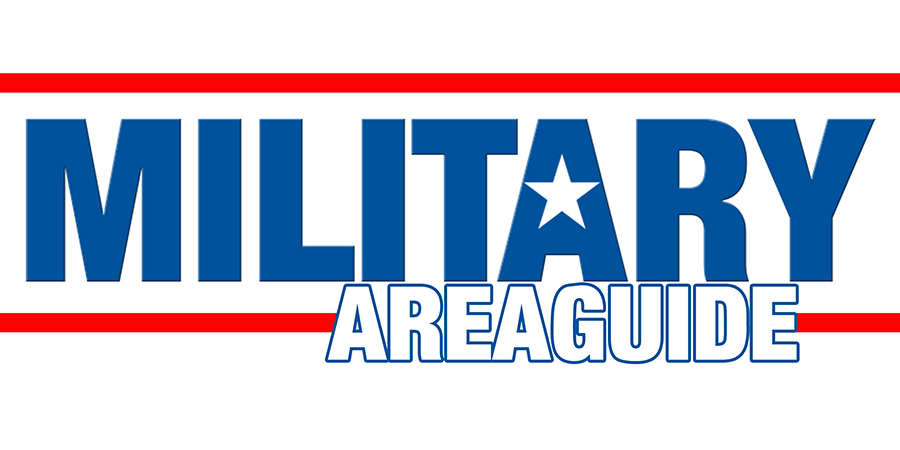7 Ways To Get Ready For Retirement If You're 50 And Haven't Started Saving

If, when you reach your 50s, a shiver of fear runs down your spine because you haven’t saved for retirement yet, don’t panic. Though you can’t expect to match someone who started planning in their 30s, your cause is far from lost.
Advertisement

To make up for lost time, act like a 50-year-old and think like a 20-year-old. That means saving and protecting the money you have, as well as using technology, creating additional income streams, and cutting spending.
Understand time is not on your side.
One precious commodity that’s limited for 50-year-olds is time — you can’t afford to make mistakes.
I spoke with James Nichols, senior vice president of customer solutions at Voya Financial, and he suggested starting by getting financial guidance. You can do this through your company’s employee financial wellness program, your retirement plan provider, or a Certified Financial Planner(™) Professional you find on your own. Your retirement plan needs to include your vision of your golden years — the more specific, the better.
Save more.
The year you turn 50, you have an advantage: The IRS allows you to save more money in your retirement plans. Since your 50s can be your peak earning years, it’s a great time to max out your accounts.
In your 401(k), the maximum salary deferral for an employee is $18,000 for 2017. After you turn 50, you are allowed to contribute an additional $6,000 in order to “catch up.”
If you qualify for an IRA, you can invest up to $5,500 per year. If you are 50 or over, you can invest an additional $1,000, for a maximum of $6,500 per year.
When you reach age 55, your HSA “catch-up” contribution kicks in. In 2017, if you have a high-deductible medical plan, you can invest $3,400 in your individual Health Savings Account plan or $6,750 in your family plan. At age 55, you can invest an additional $1,000.
Protect your income.
An accident or illness could throw you off course. In your 50s, protecting your earning potential is vital to retirement planning — you can’t afford expensive medical bills on top of lost wages.
Review your disability insurance in your employer’s group plan or your individual plan. Your employer may have a disability needs calculator, or check out this one from LifeHappens.org.
Review the elimination period — how long does it take for your benefit to kick in when you are sick? The longer the elimination period, the more you have to pay out of pocket before benefits are available. Understand your disability policy to make sure you have the best coverage for your individual circumstances.
Fifty-somethings can learn a thing or two from 20-year-olds to help them get on track to retire.
Here are a few ideas:
Create multiple income streams.
I spoke with a colleague of mine, Joel Redmond, CFP™ CFA™ with Key Private Bank (where I work as a senior financial planner). He suggested that late starters look for ways to create additional income streams to bring in cash they can use to boost investments now and supplement retirement later.
Write a book or course, or start a blog. Teach at a local college. “Ask yourself if you have a business idea that you’ve been thinking about for a while that you can pour the coals to,” Redmond said. Just make sure it isn’t too capital intensive.
Millennials often have the passion necessary to start a side gig, but as a baby boomer you have the life experience to monetize it.
Get a roommate.
Why not rent out a room if you have extra space? A 50-year-old friend of mine in Park City, Utah, opens up her home to temporary ski resort employees for 2-3 months, and the revenue helps offset her housing costs all year.
Technology can help increase your reach. AirBnb and VBRO are great for short-term rentals. If you’re looking for a more long-term situation, try something like SilverNest.com, a site for seniors looking to share space.
Use technology to save and invest more.
Obviously you want to save the maximum you can. Redmond suggested using technology to help. Acorns is a micro-investing app. You connect it to your credit card, and when you spend something like $85.15, the app will round it up to $86 and invest the extra 85 cents.
Redmond also mentioned Stash. This app allows you to invest in small increments, with only a $5 minimum. Many brokerage firms have high minimums as well as a fee to trade or an annual fee to manage your funds.
Track your spending using technology.
To carve out extra money to save, track your spending using an app like HelloWallet or Mint. Determine where your money is going and invest more by cutting out wasteful spending.
Your reasons for being a late starter may be very valid. A financial setback, a job loss, a business venture that didn’t work out, or an illness could be responsible. No matter what your circumstances, you can make positive steps to improve your financial situation — and future — today.
Nancy L. Anderson, CFP is a financial planner in Park City, Utah. You can find her on NancyLAnderson.com, and Deer Valley Ski Resort Official Blog.
To read more, please visit: https://www.forbes.com/sites/nancyanderson/2017/02/22/7-ways...











